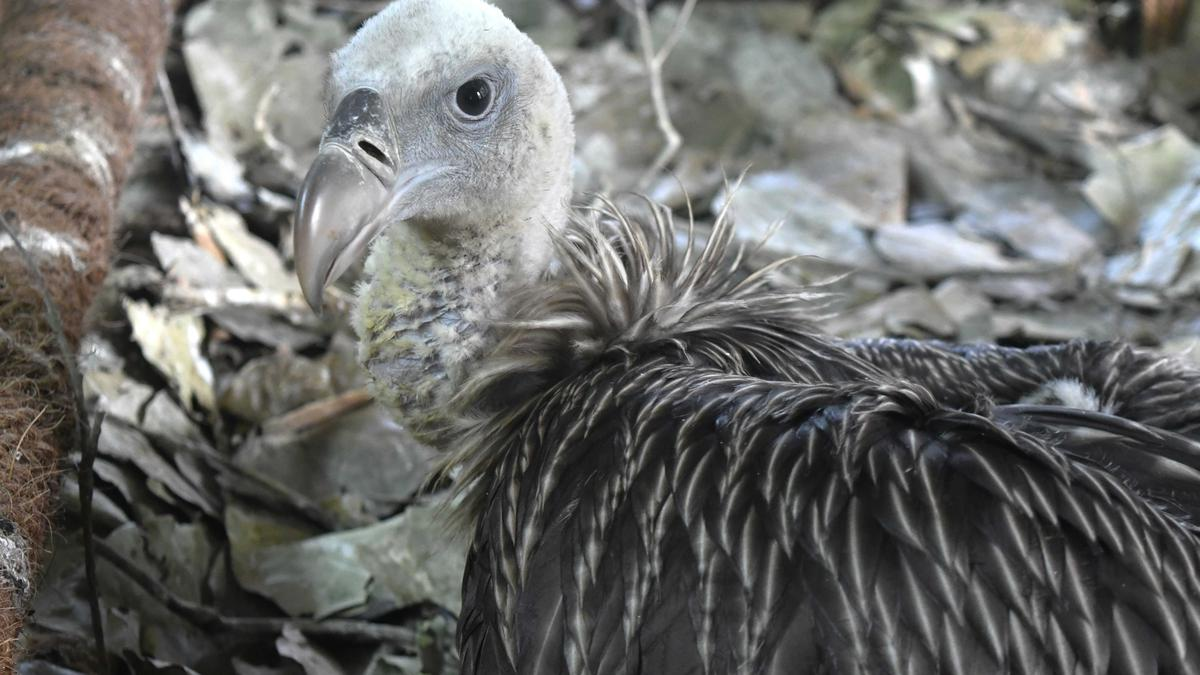Important Facts For Prelims
Himalayan Vulture: Gyps Himalayensis
- 07 Aug 2023
- 4 min read
Why in News?
Recently, the Assam State Zoo in Guwahati has achieved a groundbreaking feat by successfully breeding the elusive Himalayan vulture (Gyps himalayensis) in captivity for the first time in India.
- Additionally, the Union Ministry of Health and Family Welfare's decision to prohibit the manufacture, sale, and distribution of ketoprofen and aceclofenac has sparked optimism among vulture conservationists and experts.
What are the Key Highlights of the Himalayan Vulture ?
- Conservation Status:
- Distinctive Characteristics:
- The Himalayan vulture is one of the largest Old World vulture species, boasting an impressive wingspan and formidable presence.
- Its plumage is dominated by shades of black and brown, which aid in its camouflage against the rugged mountain terrain.
- The vulture's powerful hooked beak and keen eyesight make it a proficient scavenger, playing a crucial role in the ecosystem by cleaning up carrion.
- Habitat and Range:
- The Himalayan vulture is aptly named, as it primarily inhabits the towering peaks and valleys of the Himalayan mountain range.
- It is a common winter migrant to the Indian plains.
- Its range extends across several countries, including India, Nepal, Bhutan, and China, where it thrives in challenging high-altitude environments.
- The Himalayan vulture is aptly named, as it primarily inhabits the towering peaks and valleys of the Himalayan mountain range.
- Ecological Significance:
- As a top predator and scavenger, the Himalayan vulture plays a vital role in maintaining the health of its habitat by efficiently disposing of animal remains.
- Its scavenging behavior helps prevent the spread of diseases that could arise from decaying carcasses, thus contributing to the overall balance of the ecosystem.
- Challenges and Conservation Efforts:
- Breeding the Himalayan vulture in captivity posed challenges due to its natural breeding habits in snow-clad mountains.
- Successful breeding at the zoo was made possible through long-term captivity and acclimatization to the tropical environment.
- Factors such as habitat loss, food scarcity, and accidental poisoning from veterinary drugs have contributed to its vulnerable status.
- Conservation breeding centers, such as the Vulture Conservation Breeding Centre (VCBC) at Rani, Assam, are instrumental in safeguarding vulture species.
What are Ketoprofen and Aceclofenac, and How Do They Impact Vultures?
- Ketoprofen and aceclofenac are two types of non-steroidal anti-inflammatory drugs (NSAIDs) that are used to treat pain and inflammation in animals, especially cattle.
- Prescribed for arthritis, injuries, and post-surgery pain.
- However, these drugs have been found to be harmful to vultures, as they cause kidney failure and death when the vultures feed on the carcasses of animals treated with these drugs.
UPSC Civil Services Examination Previous Year Question (PYQ)
Q. Vultures which used to be very common in Indian countryside some years ago are rarely seen nowadays. This is attributed to (2012)
(a) the destruction of their nesting sites by new invasive species
(b) a drug used by cattle owners for treating their diseased cattle
(c) scarcity of food available to them
(d) a widespread, persistent and fatal disease among them.
Ans: (b)








